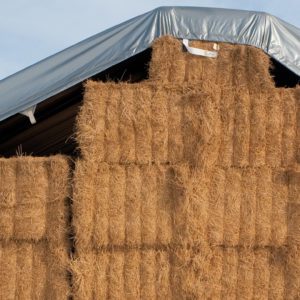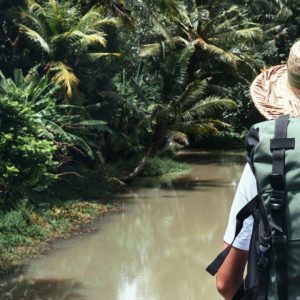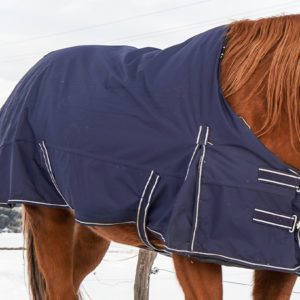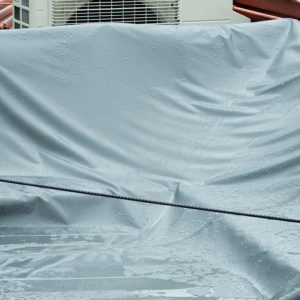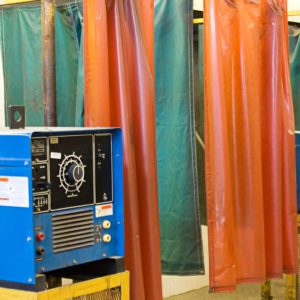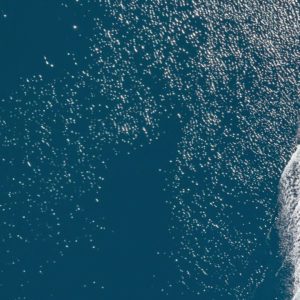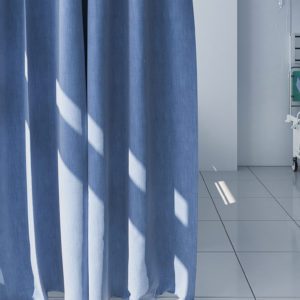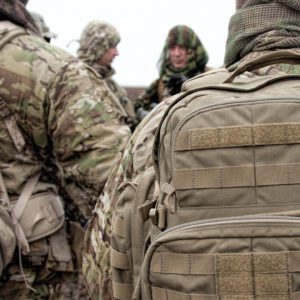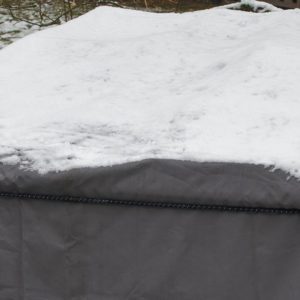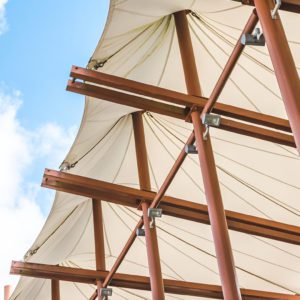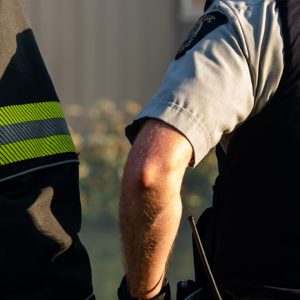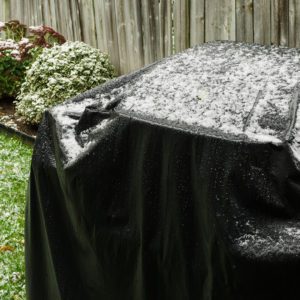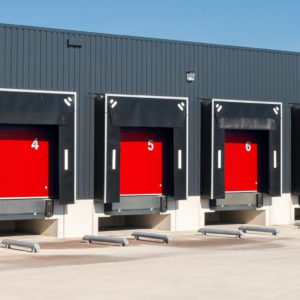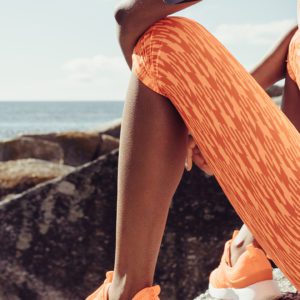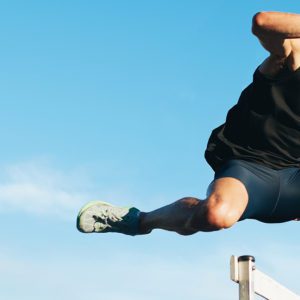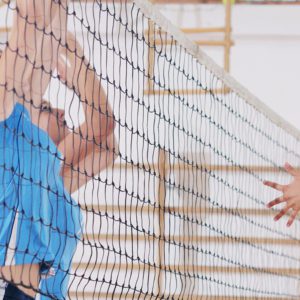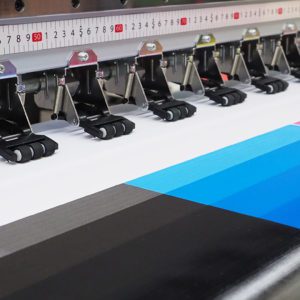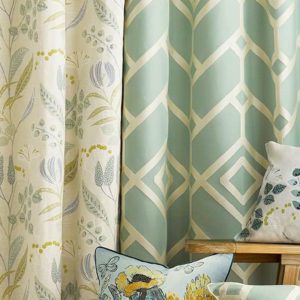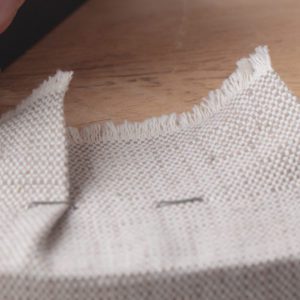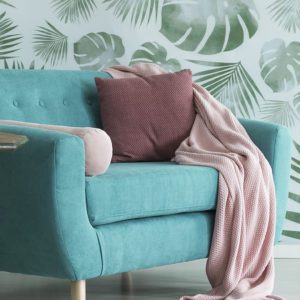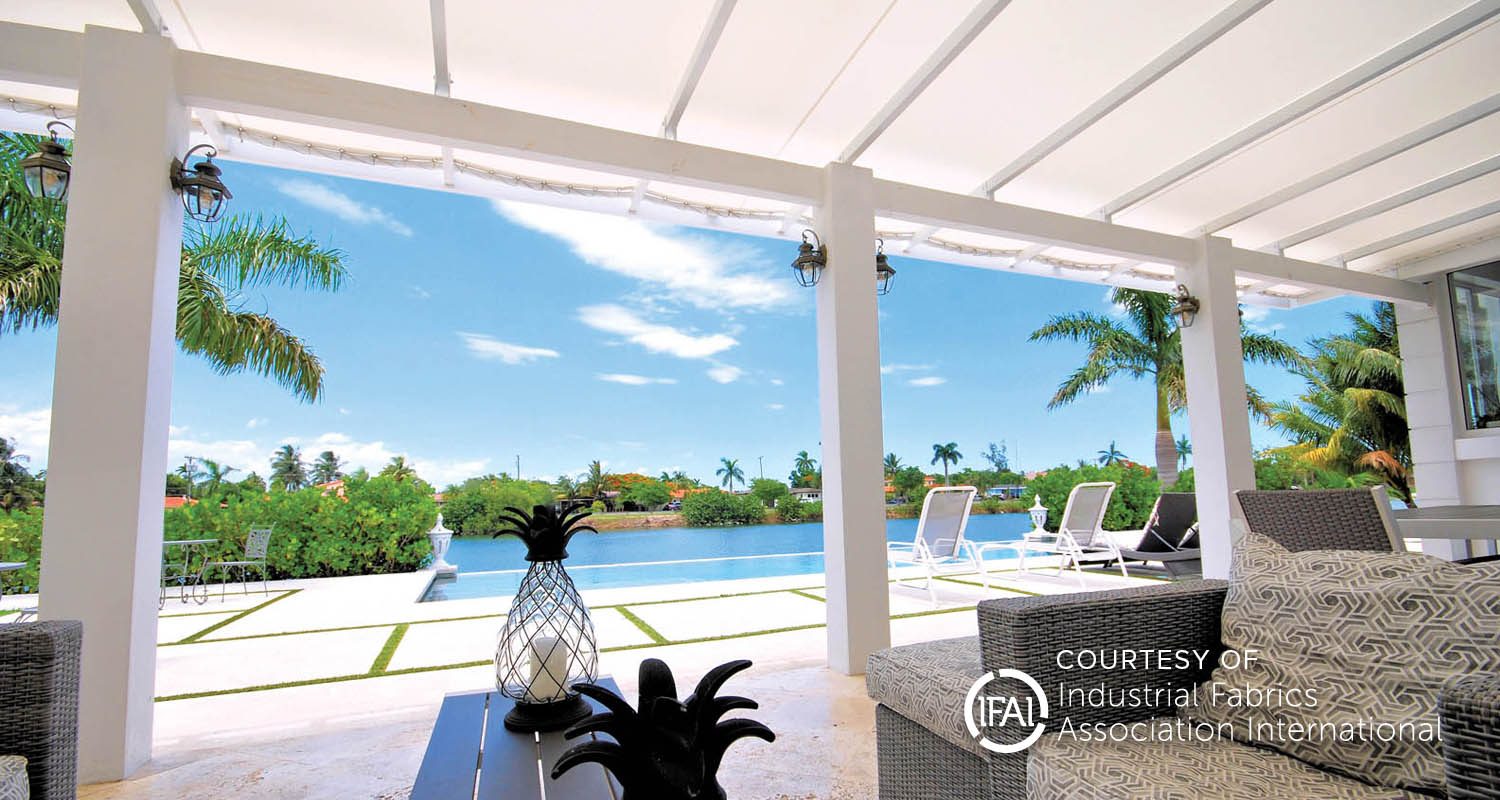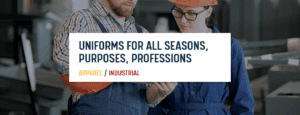Courtesy of Specialty Fabrics Review
"Now more than ever we realize the necessity of outdoor spaces with amenities – not just for shade, but for shelter, power, and lighting as well," says Colin Touhey, founder and CEO of Pvilion, a solar powered fabric products company based in Brooklyn, NY.
At the same time, says Kirk Fitzsimmons, VP sales, outdoor products, for Glen Raven Custom Fabrics LLC in Glen Raven, N.C., it was more that the pandemic that was driving the increase in business. "It's also important to note recent innovations in retractable awnings as a result of increased demand for shade structures that deliver on beauty, function, and customization for commercial and residential applications," he says.
Working at home drives demand
"I think with people stuck at home, and the economy still pretty good, families had extra money from not going on vacation, not going out to eat, not driving the car much," explains Tim Kellogg, president of Capital City Awning in Columbus, Ohio. "What a lot of people did was home improvement."
The home improvement wasn't just for the summer months, either, says Kellogg. "People needing to stay home figured out they didn't want to just withdraw into the interior recesses of their homes, especially as the days got shorter," he explains. "They enjoy the outside space so much they want to try to continue to use it through the winter. Otherwise, there's just too much cabin fever."
In areas of the country that have seasonal weather issues, such as Florida, a lot of work didn't get going until later in the year. "Now that the hurricane season is over, many residents will be looking at enhancing their outdoors spaces with shade products," says Anita Marten, design coordinator at Miami Awning Co. in Miami, FL. "We finally get to enjoy the weather. It's just too hot and humid in the summer."
New business drives commercial work
But it wasn't just restaurants. "Clients in every market were looking for outdoor covered areas for work, recreation, relaxation, and to be able to safely meet with others outside," says Marten.
Kellogg says he has found it interesting how the pandemic has affected various kinds of businesses. "For example," he says, "veterinary offices have asked customers not to come inside, so their employees go outside to pick up pets for their appointments. We've been doing shelters for those employees as they wait outside."
Public needs drive innovation
Transformit was asked by the Portland, Maine, public school district to design and extensive system of outdoor structures that not only would designate class "rooms" but would provide shade as well. Other structures such as covered art courtyards and a covered amphitheater were also needed.
With longtime and frequent partner Charles Duvall of Duvall Design, Transformit came up with a number of solutions, including five-point wings, four-sided diamonds stretched from roof to roof, and retractable roofs that can connect two roofs.
The issue, not surprisingly, was the price point. "Price point is really tough for these schools," says Thompson. "Not having a ton of money is one of the real challenges of doing work with public schools. But we're not going to do cheap stuff that is going to blow away. Our challenge was to make them something substantial at their price point. It was a killer to do, but we did it."
Later in the summer, the school district asked for further four-point shade wings that could come down and be stored away in summer and winter.
"To make this a reasonable task for school facilities staff, we fabricated and installed the wings with removal and re-installation in mind," says Thompson. "The aluminum poles and lightweight wings are easy to remove and store while the four anchor stakes and the base pads for the two poles can all remain in-ground below grade year-round."
In addition, as the weather grew colder and everyone moved inside, Transformit saw an increased interest in social screens – lightweight movable walls than can be used to divide large spaces and create smaller congregation areas for schools, museums, events, and the hospitality industry.
"These walls are beautiful and don't require tripping hazards to stand on their own," says Thompson. "They are lightweight, can have wheels and even an acoustic liner. They can break down in minutes and zip into a duffle bag for easy transport and storage."
Future forecast looks busy
"They just want to be prepared, to be raring to go when it's time," says Marten. "And so do we."
Jeff Moravec is a freelance writer based in Brooklyn Park, Minn.
